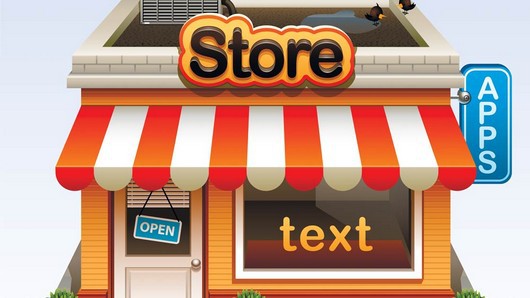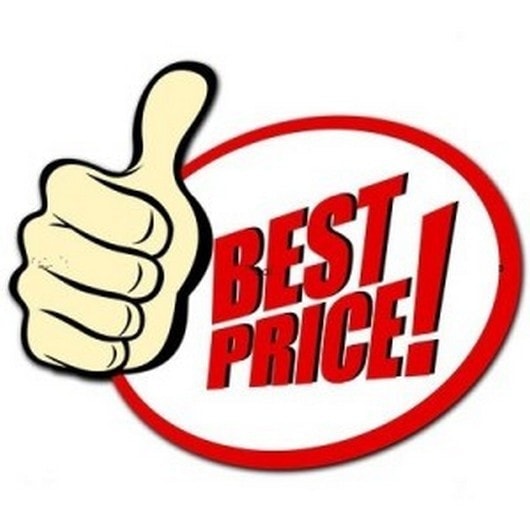Oh! Those good old days of retail! The competition not so stiff and the prices soaring high! Quite a golden period, wasn’t it? It was! And it was so to a large extent because of a relatively simpler technique of price determination – Keystone Pricing.
Table of Contents
What is Keystone Pricing?
The pricing strategy that made olden days of retail quite hassle-free and lucrative was this method of price determination – Keystone Pricing. Under this method, a product is priced at directly ‘double the wholesale price’.
How does Keystone Pricing work?
Let’s make it simpler with this example: You are a retailer selling beautiful, exquisite jewellery. You have bought an ornate necklace from a goldsmith at $ 200. Here, according to the traditional Keystone Pricing Strategy; the price at which you’ll sell it to your customer will be 100% on your cost i.e. the wholesale price. So, the retail price becomes $400.
So, here the profit margin of $200 is 100% of the cost price and 50% of the final retail selling price.
Are retailers acting as robbers in plainclothes when they are literally ‘selling at double’?
Well, it may sound outrageous when you discover that a retailer ‘enjoys’ a 100% margin on the products that he sells. But it isn’t as simple as it seems. Though the retailers charge the markup of 100% under Keystone Pricing, those 100% entirely don’t go in his pockets.
Product cost i.e. the price paid to the wholesaler for procuring the product is a major, primary cost. There are a plethora of expenses yet to be met. These are expenses connected to running the business smoothly such as rent of the shop, electricity bill, taxes, salaries of the staff etc. These are known as secondary expenses or overheads.
In order to recover his overheads, the retailer, especially with the small set up, has to add a margin up to 100% of his cost on the products. Otherwise, it may become difficult for him to survive in the market.
In what kind of retail setups does Keystone Pricing work?
Though it may sound primitive, this fairly simple technique of pricing the products is still used by many small businesses. However, its popularity and ubiquity is fast diminishing because of the intense competition from e-commerce.
This is because not having a brick-and-mortar model lends competitiveness to their pricing models and they can still be in the business at lower margins.
Mega retail set-ups like Walmart also don’t follow Keystone Pricing because their huge variety of merchandise, holding capacity and humungous sales volumes are more than enough to recover their overhead costs. Hence, these retail giants also give a tough competition to small retailers in terms of pricing strategy.
Specific businesses that can employ Keystone Pricing
Small town retailers can successfully use keystone pricing method because of lesser competition and loyal customer base. There is less competition because the small size of the town may not justify the presence of big-ticket retailers.
These small town retailers can, in turn, build a loyal customer base by responding to the specific requirements of their shoppers and also adding a personal touch by offering personalized services on special days for the customers.
Businesses into selling unique antiquities, highly sophisticated brand can also afford to resort to Keystone Pricing as the demands for their products is price-inelastic and ever-rising irrespective of price levels.
Advantages of Keystone Pricing
Simplicity
The primary advantage of Keystoning is that it is very easy to calculate. Hence, a retailer in a small set up doesn’t have to invest in complex systems to manage his accounts and inventory. That task can be managed by deploying smaller amount of resources.
Where Keystone Pricing may not be a right pricing strategy?
1) When a retailer doesn’t have product differentiation
Keystone Pricing can easily pay off all the retail expenses or ‘overheads’ conveniently because of a very healthy, fat markup above the cost of the product; but, if you are a business that has been selling similar products and as a result, facing fierce competition from online stores, then Keystone Pricing may not be an apt pricing strategy for you as it cannot help business withstand the price war.
However, the brick-and-mortar stores have that personal connection with their customer base and they can convert the same into sales of higher value, making up for the volume lost to the e-commerce.
The same logic applies to the online stores also. If they price their products too high, they will definitely lose to their competitors. But if they add the right amount of product differentiation, they can still justify their higher prices by creating a niche customer class.
2) When inventory turnout is more important
Here, it costs more to keep the unsold inventory like storage costs, insurance, costs of wear and tear etc. Hence, if the markup is too high, the goods may lie unsold and business may incur losses on both the fronts – storage costs of unsold goods and non-recovery of primary and overhead costs of the same.
Conclusion – Choose the best pricing policy for your business
Thus, it is advisable for any business – whether small or big – to be flexible in its approach towards price determination rather than looking for a universal solution. For some products, Keystone pricing may prove to be helpful while for others it may nearly kill the business. Hence, the retailer has to use his discretion and business acumen here in choosing the most befitting pricing policy. He can always resort to multiple prices under his roof to satisfy both – price conscious and class-conscious customers.
Liked this post? Check out the complete series on Pricing


